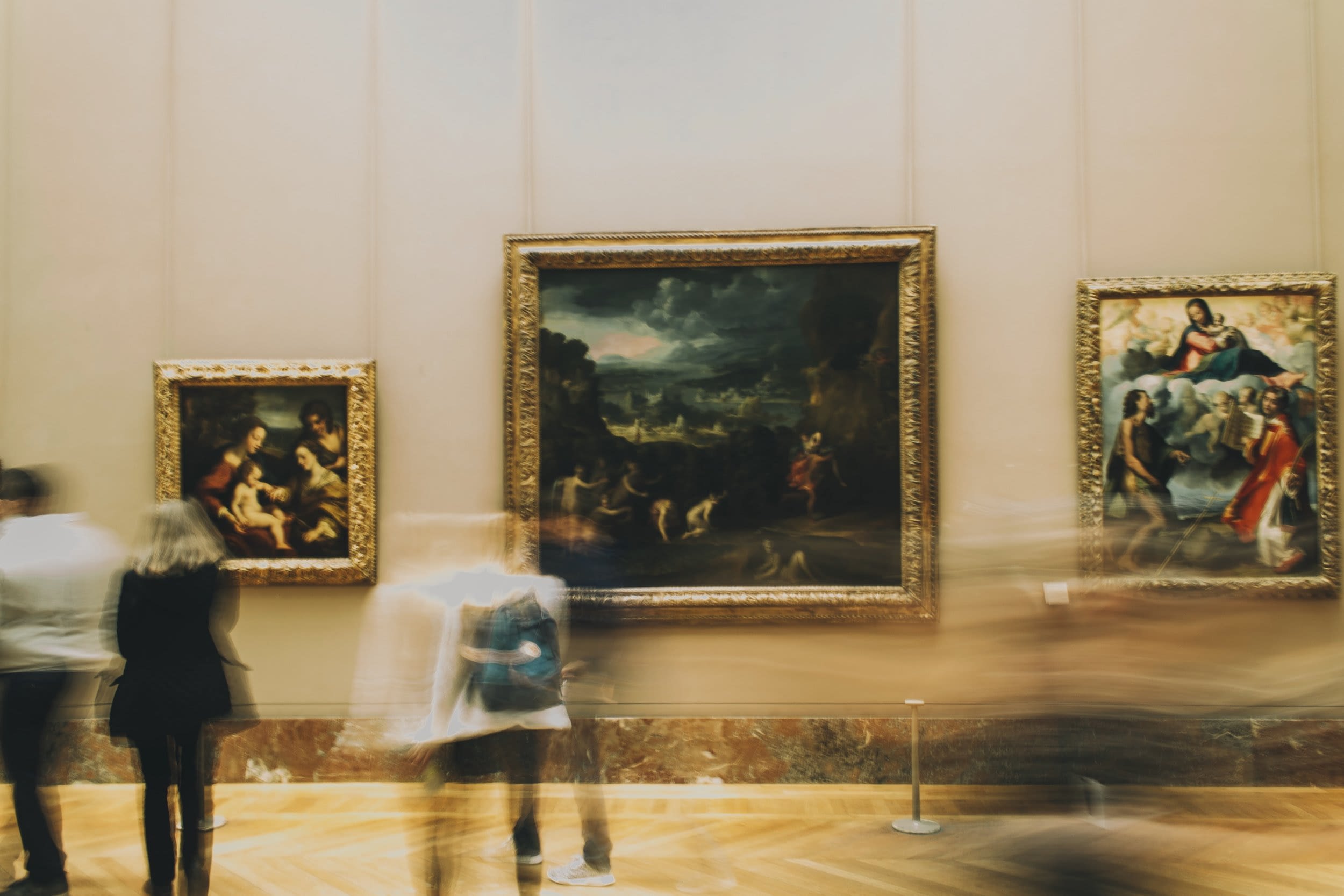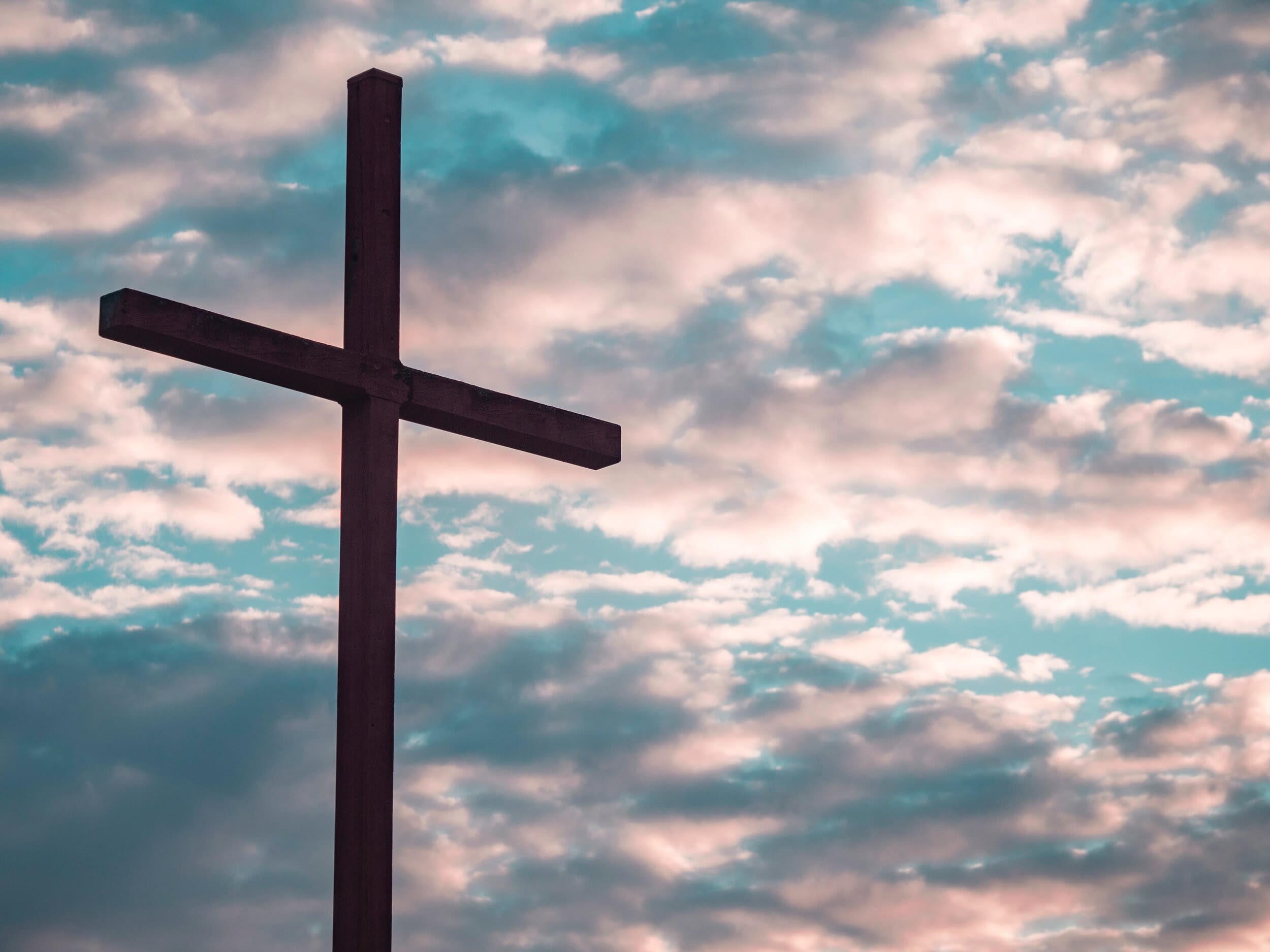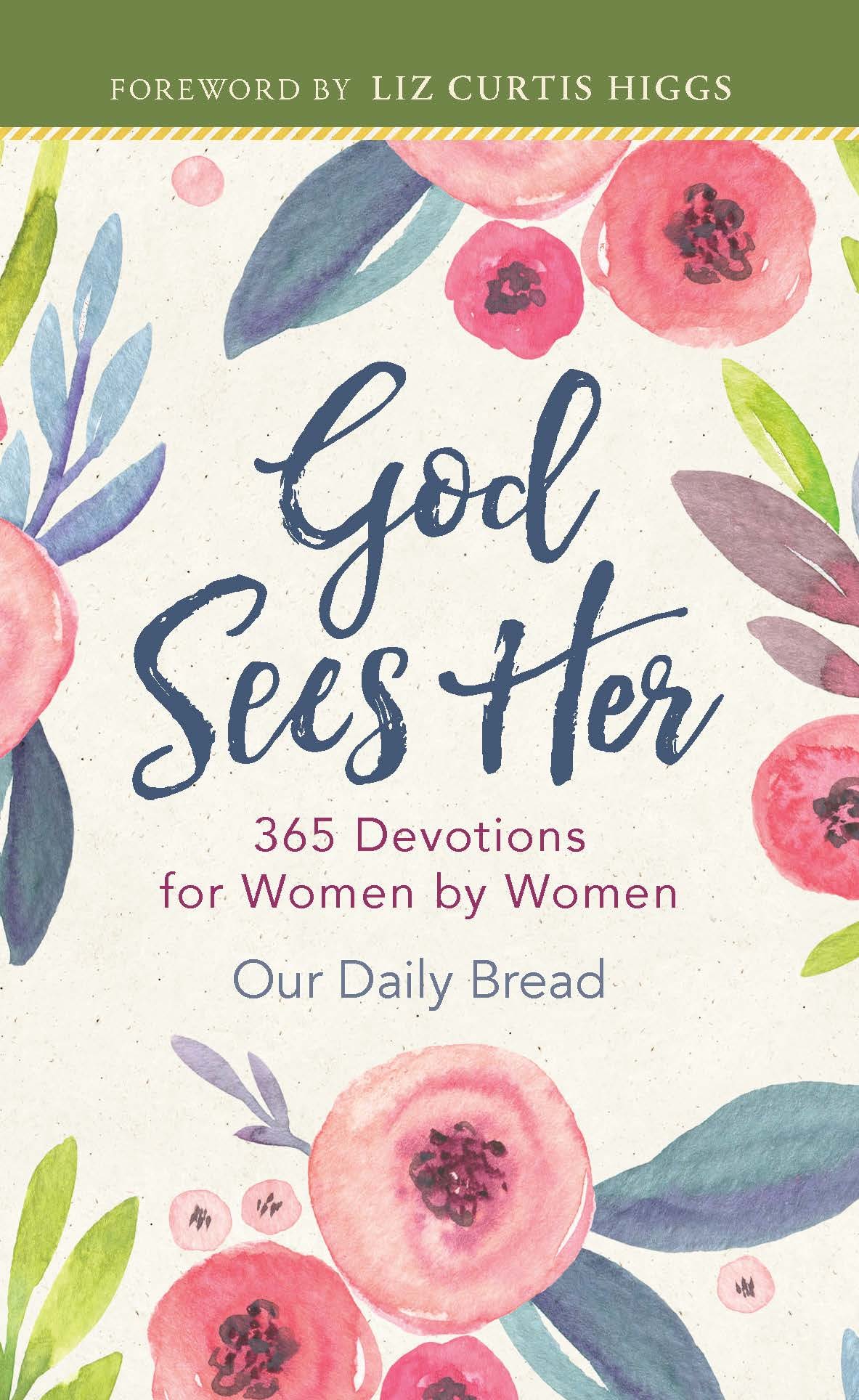Viewing art used to feel like a marathon. I needed good running shoes on my early visits to art museums as I raced through the hallways to check off having visited all the most important works in any gallery. I had looked at the canvases, sculptures, or installations, but I hadn’t seen them. Over time, my pace slowed down as I began to be captivated by the art. Van Gogh’s Olive Trees resonated with me for both its beauty and the reminder of Jesus in Gethsemane, so a reproduction hangs above my office desk. The stunning portrait of the man chosen to carry Jesus’ cross, Simon of Cyrene by Egbert Modderman, stopped me in my tracks. And the many paintings of desert flowers by Lilias Trotter bring me joy for their beautiful tenderness.
One of the artists I’ve come to appreciate along the way is Rembrandt. Rembrandt was one of the original artists so popular and admired that he is known solely by his first name. Called “The Master” by his contemporaries, Rembrandt Harmenszoon van Rijn, produced more than 2,600 works of art, including 300 paintings, that are regarded as some of the world’s greatest compositions not just because they show his incredible technique but due to his remarkable visual storytelling abilities.
While I cannot comment with any authority about his artistic style or place in art history, I know that I feel the emotions he has woven into his masterpieces, especially those based on biblical stories. Not unique to him, but I think he does it most convincingly, Rembrandt often paints himself into his art. His embedded self-portraits convey a unique perspective about himself, but they also invite me into the biblical account.
His first self-portrait is usually thought to be found in The Stoning of St. Stephen, a painting that depicts the death of Stephen, the first Christian martyr who was killed for his public confession that Jesus was Israel’s promised rescuer (Acts 6 and 7). In the background sits Saul, the future Apostle Paul, holding the coats of the men preparing to stone Stephen. The man nestled between the kneeling figure of Stephen, as he looks toward heaven, and preparing to hurl a large rock is the familiar face of Rembrandt.
Rembrandt’s only seascape, The Storm on the Sea of Galilee, depicts the biblical story of Jesus calming the storm to the relief of his terrified disciples (Mark 4:35–41). One disciple is struggling with the ropes while another is seen vomiting over the side of the boat. Near the calm figure of Jesus is another man looking out at the viewer while maintaining a tight grip on his hat. Once again, Rembrandt has painted himself into the story.
In The Raising of the Cross, Jesus’ body nailed to a wooden cross is bathed in light as it is raised by His executioners (Matthew 27:32–37). Pharisees stand to one side and soldiers who bring criminals to face a similar punishment advance from the background. But prominently in the center of the painting is Rembrandt wearing his trademark beret. Not pictured as a mourner but instead as one of the people erecting the cross.
Rembrandt painted himself into the story long after the event happened, but it is not a new technique. There are self-portraits of the Gospel writers found within their accounts. In Mark 14:51, the author includes the fact that “a young man, wearing nothing but a linen garment, was following Jesus. When they seized him, he fled naked, leaving his garment behind.” While the identity of the young man can’t be confirmed, many biblical scholars believe that Mark is including himself in the story as a way of saying, “I was there.” ¹
I believe that Rembrandt’s inclusion of himself in each one of these paintings is his way of asking, “What would it have been like to be there?” Even more, the paintings appear to ask viewers to picture themselves there too.
In The Stoning of St. Stephen, religious figures are the individuals gathering up stones or approving of those who seek to kill Stephen. Even a future apostle doesn’t see the truth of Stephen’s message. As we view the painting, we might ask ourselves would we have taken up stones against Stephen or would we believe his claims about Jesus?
With the waves violently beating against the side of the boat in The Storm on the Sea of Galilee, Rembrandt envisioned how it would feel to be on a boat about to sink under the crash of the waves. As we look at the painting and consider the storms in our lives, do we have faith to look to Jesus for help?
And the most gripping of his self-portraits is Rembrandt’s inclusion of himself as a willing executioner of Jesus. Looking at The Raising of the Cross, Rembrandt appeared to invite the viewer to consider how each one of us should take some responsibility for the crucifixion of Christ. Do we mourn our sin that put Jesus on the cross, or do we look on without remorse?
I am still learning to appreciate some art, but I’ve benefited from spending time with the art that does move me. If you are willing to give it a try, I would encourage you to pick one of Rembrandt’s biblical masterpieces. Spend time reading the biblical story and then observe the related painting. What does Rembrandt emphasize from the story? How has Rembrandt captured the emotion of the scene? Why does Rembrandt include himself? And, looking closely we see that Rembrandt is drawing not only himself, but us, into the painting.
–Written by Lisa M. Samra. Used by permission from the author.
¹ Brooks, James A. “Mark” The New American Commentary. “The incident is so trivial—it is found only in Mark—that for some the only explanation is that it is the author’s allusion to himself, his ‘signature in the corner of his work’ or something comparable to a medieval artist painting his own face on one of the crowd.” Brooks believes that the exact identification of the individual is impossible to know with certainty but probable to be Mark.







4 Responses
Thank you
I am going to use Rembrandt as a sermon illustration this Sunday and I stumbled upon this article.
Thank you Lisa, this was beautiful insight.
eryn eddy adkins
I am hopelessly ignorant of art and art history, but thanks to you, I know a little bit more. I’ve looked up each of these paintings and been blessed by your tutelage. Many thanks!
That was just beautiful! I, like you, enjoy going to museums. Now, I will take the time to examine and give thought to the message that is being conveyed through the artistry. Mostly importantly, I will look at how art is applicable to my life.